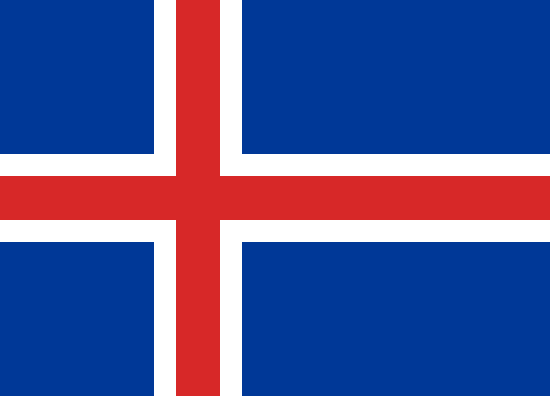"Reykjavík: Bókin Opnaðu Augun | Reykjavik: The Book Opened My Eyes"
About:
Reykjavik, the capital of Iceland, was officially founded in 1786 as a trading town. However, its history traces back to AD 874 when Norse settlers arrived. It remained a small village until the 19th century when it began to modernize, becoming a hub for Icelandic cultural and political activity. In the 20th century, Reykjavik experienced rapid growth and urbanization, largely due to industrialization and the country's independence in 1944. Today, it is a thriving, cosmopolitan city known for its culture, green energy, and unique architecture.
When to visit:
Visiting Reykjavik, the capital of Iceland, is a delightful experience at any time of the year. However, the optimal time for a holiday largely depends on personal preferences. Summer, between June and August, offers mild temperatures, long daylight hours for exploring the city and surrounding natural wonders, and a vibrant cultural scene with various festivals. On the other hand, winter, from December to February, provides a unique opportunity to witness the mesmerizing Northern Lights and partake in winter activities such as ice skating, snowmobiling, and visiting ice caves. Ultimately, the best time to visit Reykjavik on a holiday is subjective and can be tailored to individual interests and desired experiences.
When to avoid:
The worst time to travel to Reykjavik, Iceland on a holiday is during the winter months, particularly from November to March. This period experiences the harshest weather conditions, with short daylight hours, heavy snowfall, and strong winds. Many tourist attractions may be closed or have limited hours during this time, making it less enjoyable for visitors. Additionally, the unpredictable weather can disrupt travel plans and outdoor activities, leading to potential inconvenience for tourists.
Winter (October-April)
In Reykjavik, the coldest and wettest months are from November to March. Average temperatures hover around -1°C to 3°C, and the city experiences its highest rainfall, around 97mm in January. Days are very short, with only 4-5 hours of daylight in December, and cloud cover is heavy. Snow is common and can add a magical touch to the city's landscape. An average day for a visitor might involve bracing the cold for a stroll around town or visiting indoor attractions, before retreating to a cozy cafe or restaurant.
"Reykjavik Summer (June-August)"
In Reykjavik, Iceland, the warmest part of the year is from June to August, which is considered summer. The average high temperature during this period ranges from 11°C (52°F) to 15°C (59°F), while the average low temperature ranges from 8°C (46°F) to 11°C (52°F). Rainfall is relatively evenly distributed throughout the year, but July and August are slightly drier with around 50mm of rain per month.
As for sunlight, the summer season in Reykjavik is known for its long days due to the midnight sun phenomenon. In June, the city experiences up to 24 hours of daylight, which gradually decreases to about 15 hours by the end of August.
Humidity levels are typically around 75-80%, contributing to a slightly damp feeling. Cloudiness is common, with partly cloudy or overcast conditions on many days, though there are also clear or mostly clear days.
For a visitor, a typical summer day in Reykjavik feels cool to mild, with temperatures comfortable for light to medium clothing. The extended daylight offers ample opportunity for sightseeing and outdoor activities. However, one should always carry rain gear due to the unpredictable showers. Despite the cloudiness, the atmosphere is generally fresh and clean, thanks to the surrounding ocean and lack of heavy industry.
Language:
Icelandic is the official language of Reykjavik, the capital city of Iceland. This North Germanic language has been the tongue of Iceland since its settlement. English is also widely spoken and understood, particularly among the younger population and in the tourism industry. Additionally, Danish is taught in schools as a compulsory second language, making it fairly common as well.




